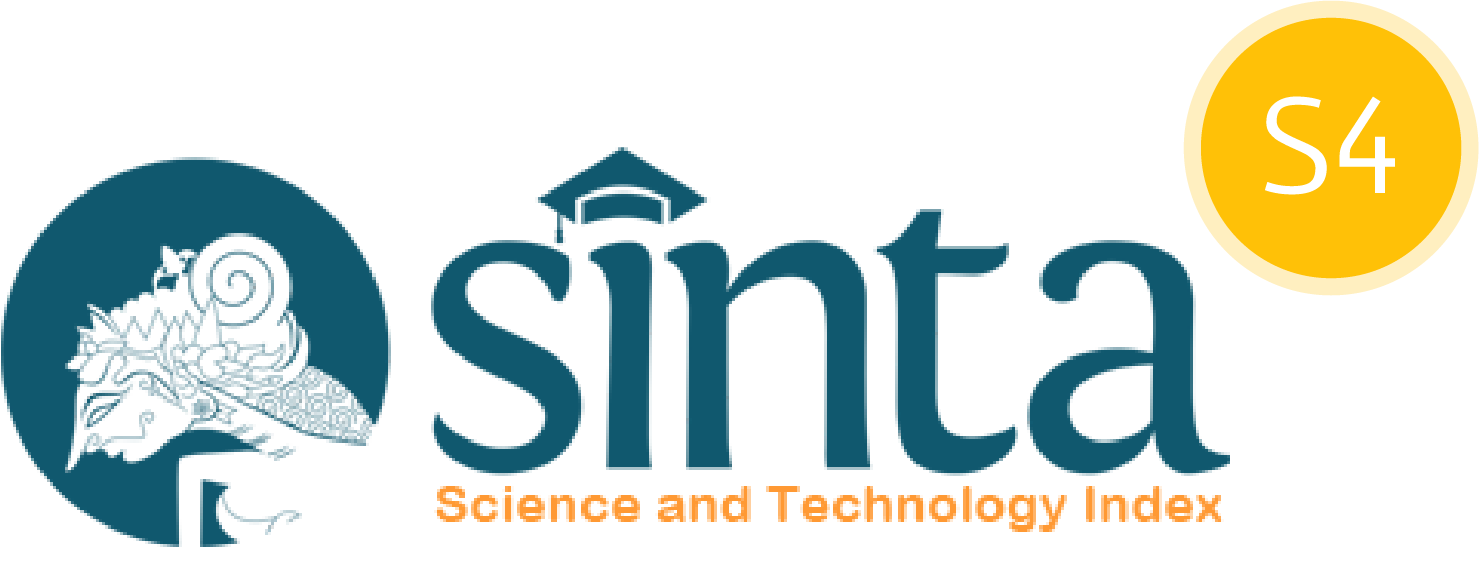Financial Literacy, Investment, and Digital Financial Information Training at SMAS Garuda Palangka Raya
DOI:
10.29303/ujcs.v6i2.1027Published:
2025-06-25Issue:
Vol. 6 No. 2 (2025): JuneKeywords:
Digital Financial Information Literacy, Financial Literacy, Investment LiteracyArticles
Downloads
How to Cite
Downloads
Metrics
Abstract
Financial Literacy, Investment, and Digital Financial Information Training at SMAS Garuda Palangka Raya. Increasingly complex economic dynamics encourage people to look for additional sources of income outside their main job. Investment has emerged as a popular alternative. However, being successful in investing is highly dependent on an individual's level of financial literacy, investment experience, and risk profile. This community service aims to increase public awareness, especially among students and teachers at SMAS Garuda Palangka Raya, who often use online shopping applications and pay-later payment schemes. The digital transactions habits among students and teachers that are not balanced with basic knowledge about financial management and investment can trigger excessive consumer behavior. With 31 participants from SMAS Garuda Palangka Raya, the team successfully trained and gave information about how to budget, manage income and also invest using a fintech application. The training evaluation concluded that participants had improved their understanding of financial management and investment. The majority of participants also understand the function of an emergency fund and have a sense of how to deal with investments with irrational levels of profit and how to deal with debt. By implementing financial management, investment, and digital financial information literacy training, the training participant will be able to develop more responsible financial behavior and avoid debt traps, and also in order to prevent high-risk financial practices, such as dependence on high-interest loans to meet consumer needs.
References
Agustin, P., & Mawardi, I. (2015). Perilaku Investor Muslim dalam Bertransaksi Saham di Pasar Modal. Jurnal Ekonomi Syariah Teori Dan Terapan, 1(12), 874. https://doi.org/10.20473/vol1iss201412pp874-892
Anggarini, D. R., Putri, A. D., & Lina, L. F. (2021). Literasi Keuangan untuk Generasi Z di MAN 1 Pesawaran. Jurnal Abdi Masyarakat Indonesia, 1(1), 147–152. https://doi.org/10.54082/jamsi.42
Azzani, I. K., Purwantoro, S. A., & Almubaroq, H. Z. (2023). Urgensi Peningkatan Kesadaran Masyarakat tentang Kasus Penipuan Online Berkedok Kerja Paruh Waktu sebagai Ancaman Negara. NUSANTARA: Jurnal Ilmu Pengetahuan Sosial, 10(7), 3556–3568. https://doi.org/http://dx.doi.org/10.31604/jips.v10i7.2023.3556-3568
Chandra, S. (2022). Wacana Iklan Belanja Online “Sebuah Analisis Wacana Kritis A. Teun Van Dijk” [Universitas Islam Negeri Syarif Hidayatullah]. https://repository.uinjkt.ac.id/dspace/handle/123456789/61204
Deliarnov. (1995). Perkembangan Pemikiran Ekonomi. Raja Grafindo Persada.
Harjito, D. A., & Martono. (2003). Manajemen Keuangan Edisi ke 2. Ekonosia Kampus Fakultas Ekonomi UII.
Hidayah, N. (2024). The Influence of Financial Literacy, Overconfidence, Risk Tolerance, and Risk Perception on Investment Decisions in The Capital Market. ACCRUALS (Accounting Research Journal of Sutaatmadja), 8(2), 19–33. https://doi.org/https://doi.org/10.35310/accruals.v8i02.1054
Mardhatillah, Z. (2024). Peran Keluarga Sebagai Agen Sosialisasi Politik terhadap Orientasi Politik Pemilih Pemula dalam Pemilihan Kepala Desa di Gampong Kajhu Kecamatan Baitussalam Aceh Besar. Universitas Islam Negeri Ar-Raniry Banda Aceh.
Martinelli, I., Fitzgerald, S. E., & Prawira, C. (2023). Pengenalan Sistem Pembayaran Non-Tunai pada Siswa SMA. Jurnal Serina Abdimas, 1(3), 1244–1250. https://doi.org/10.24912/jsa.v1i3.26187
Paningrum, D. (2022). Buku Referensi Investasi Pasar Modal. Lembaga Chakra Brahmanda Lentera.
Putra, I. P. S., Ananingtiyas, H., Sari, D. R., Dewi, A. S., & Silvy, M. (2016). Pengaruh Tingkat Literasi Keuangan, Experienced Regret, dan Risk Tolerance pada Pemilihan Jenis Investasi. Journal of Business & Banking, 5(2), 271. https://doi.org/10.14414/jbb.v5i2.707
Rois, M., Arbainah, S., Nikmatuniayah, Korawijayanti, L., & Rikawati. (2022). Studi tentang Jenis Investasi Berdasarkan pada Profil Risiko di Wilayah Tembalang Semarang. Prosiding Serminar Hasil Penelitian Dan Pengabdian Masyarakat. https://jurnal.polines.ac.id/index.php/Sentrikom/article/view/3335
Wahyuni, S. F., Radiman, R., Lestari, S. P., & Lestari, S. S. I. (2024). Keterkaitan antara Literasi Keuangan dan Pendapatan Pada Kesejahteraan Keuangan : Mediasi Prilaku Keuangan Generasi Sandwich. Bursa : Jurnal Ekonomi Dan Bisnis, 3(1), 30–43. https://doi.org/10.59086/jeb.v3i1.551
Author Biographies
Stefani Made Ayu Artharini Koesanto, Universitas Terbuka
Fitria Husnatarina, Universitas Palangka Raya
Rahmaddian, Universitas Terbuka
Yovita, Universitas Terbuka
Arina Rubyasih, Universitas Terbuka
Rachmawati Windyaningrum, Universitas Terbuka
License
Copyright (c) 2025 Stefani Made Ayu Artharini Koesanto, Fitria Husnatarina, Rahmaddian, Yovita, Arina Rubyasih, Rachmawati Windyaningrum

This work is licensed under a Creative Commons Attribution 4.0 International License.
You are free to:
- Share — copy and redistribute the material in any medium or format for any purpose, even commercially.
- Adapt — remix, transform, and build upon the material for any purpose, even commercially.
The licensor cannot revoke these freedoms as long as you follow the license terms.
Under the following terms:
- Attribution — You must give appropriate credit, provide a link to the license, and indicate if changes were made. You may do so in any reasonable manner, but not in any way that suggests the licensor endorses you or your use.
- No additional restrictions — You may not apply legal terms or technological measures that legally restrict others from doing anything the license permits.
Notices:
You do not have to comply with the license for elements of the material in the public domain or where your use is permitted by an applicable exception or limitation.
No warranties are given. The license may not give you all of the permissions necessary for your intended use. For example, other rights such as publicity, privacy, or moral rights may limit how you use the material.




